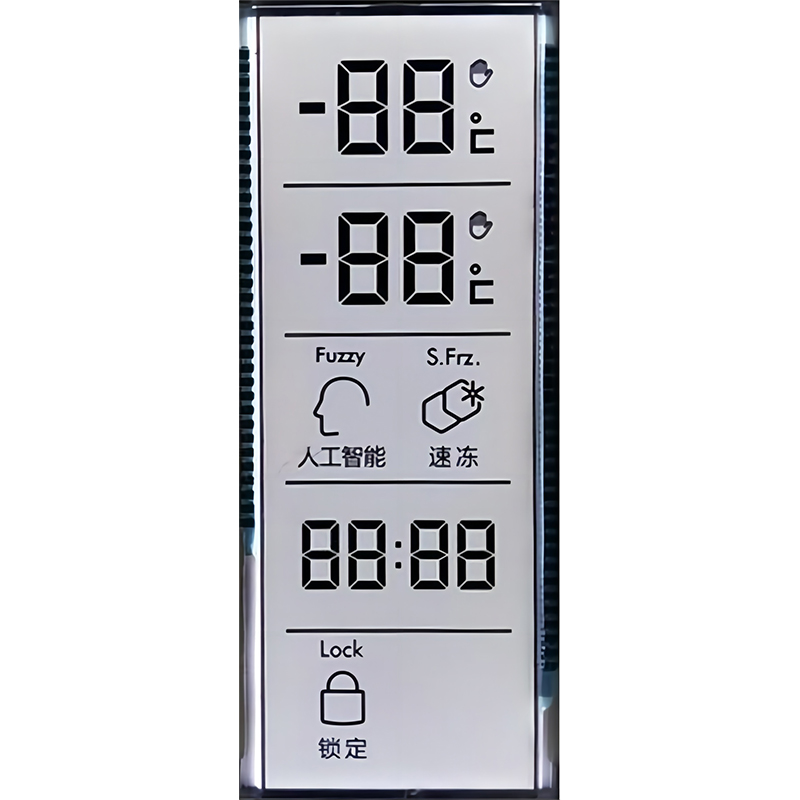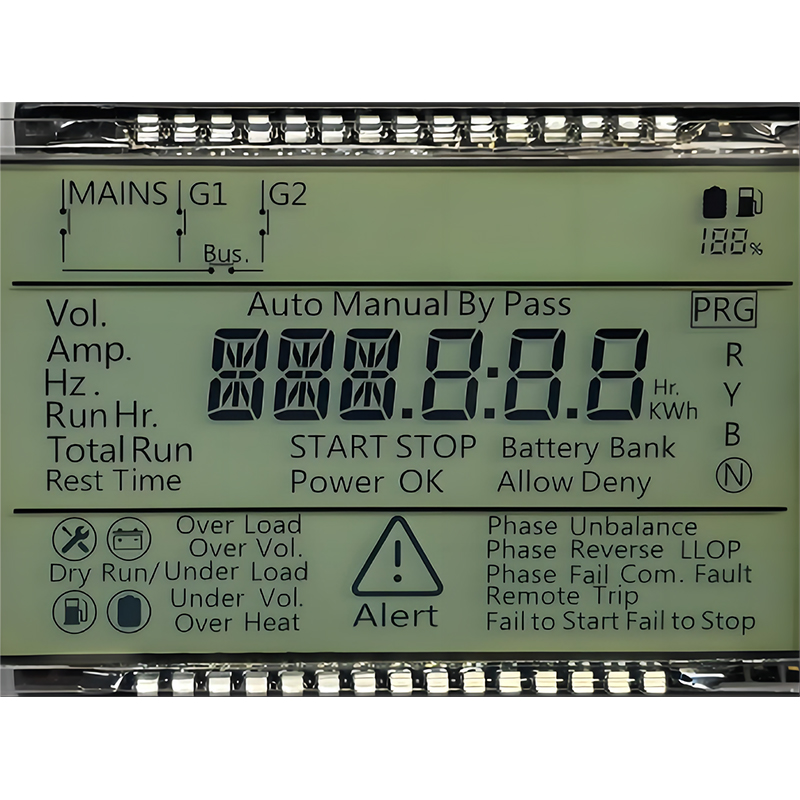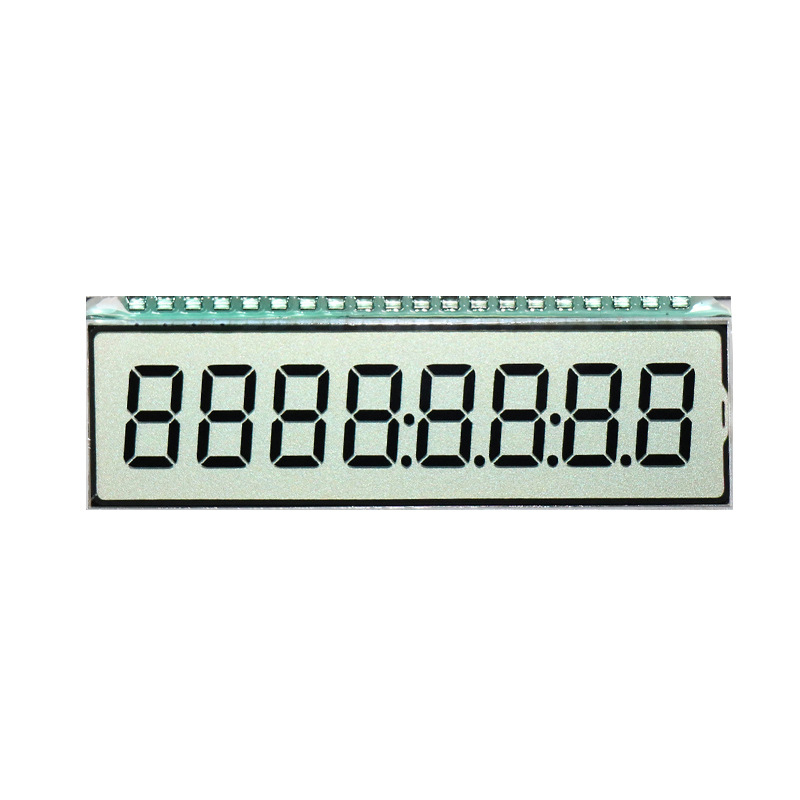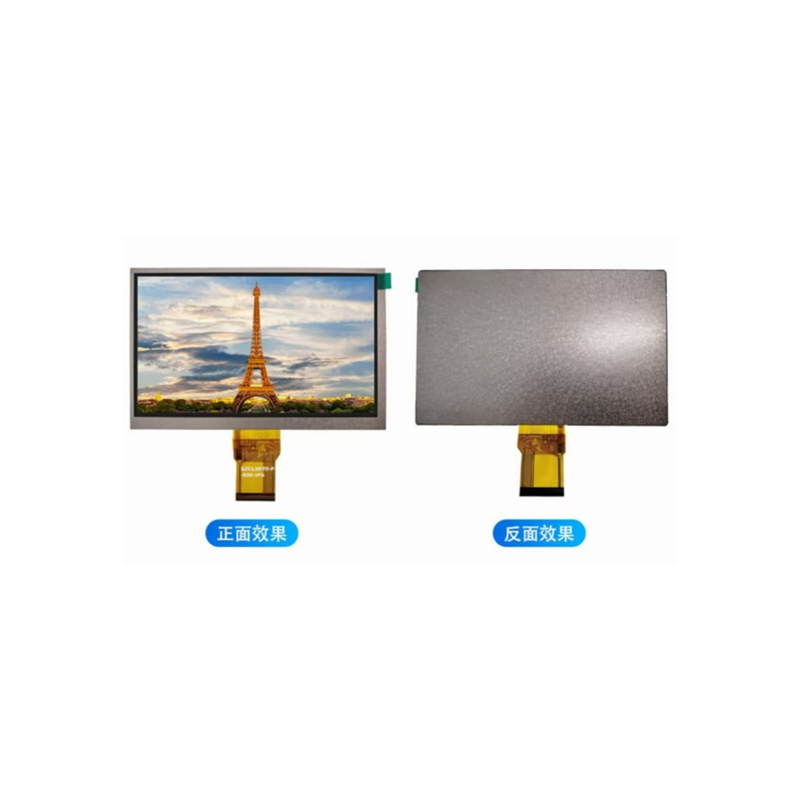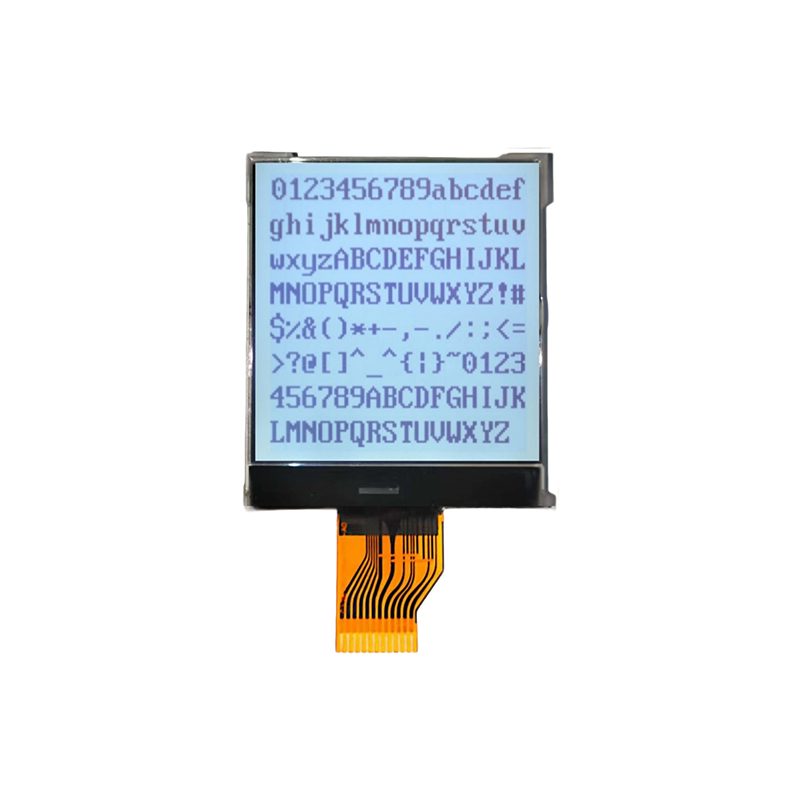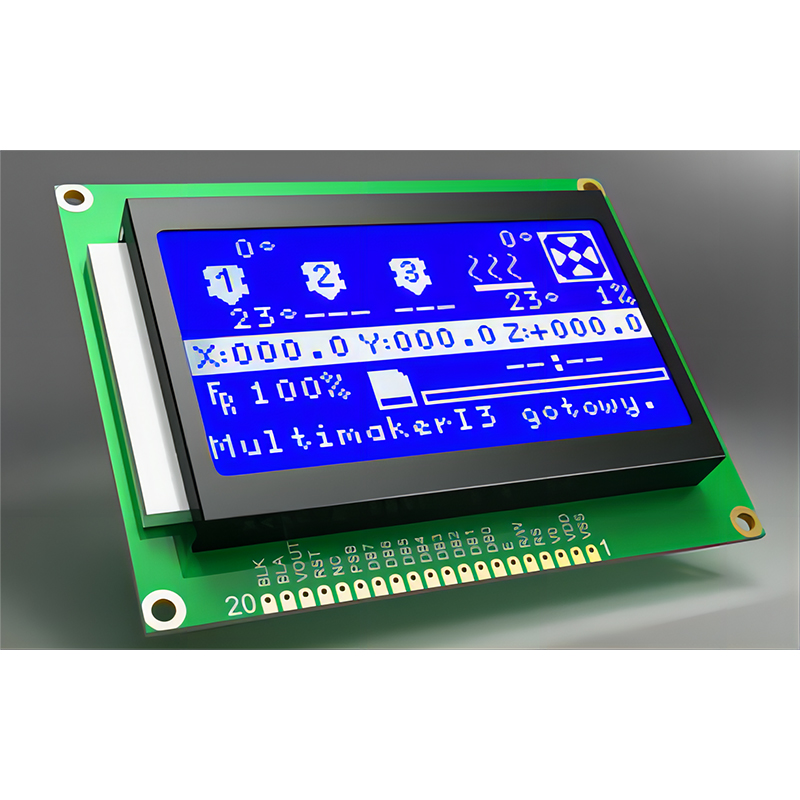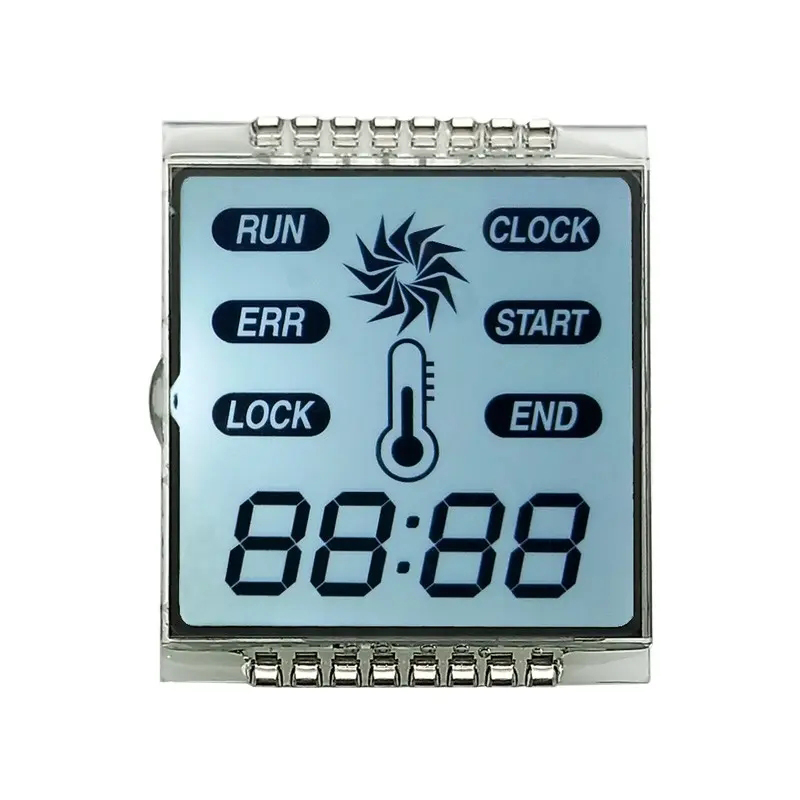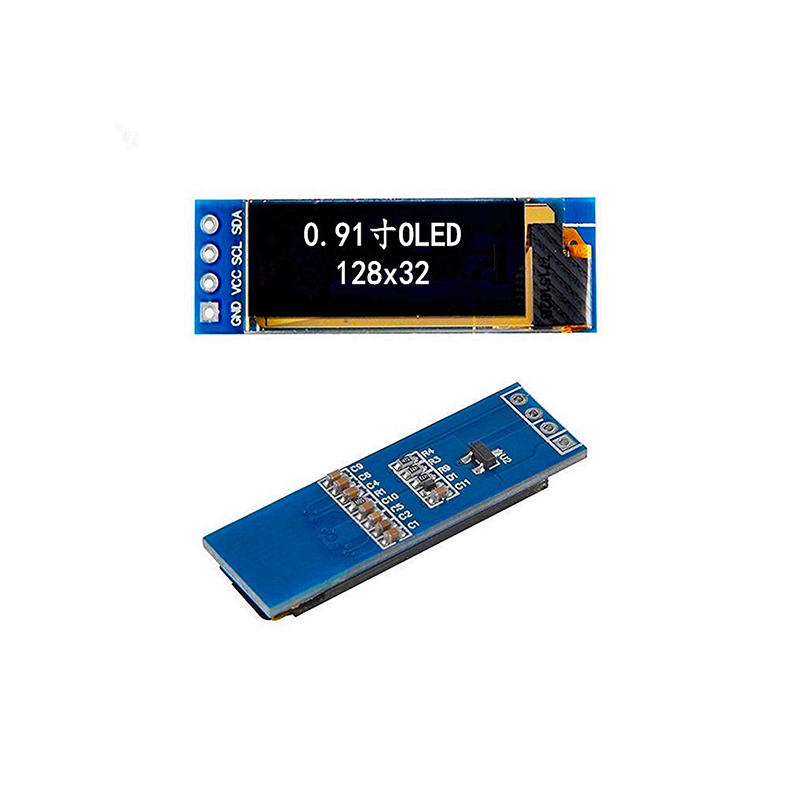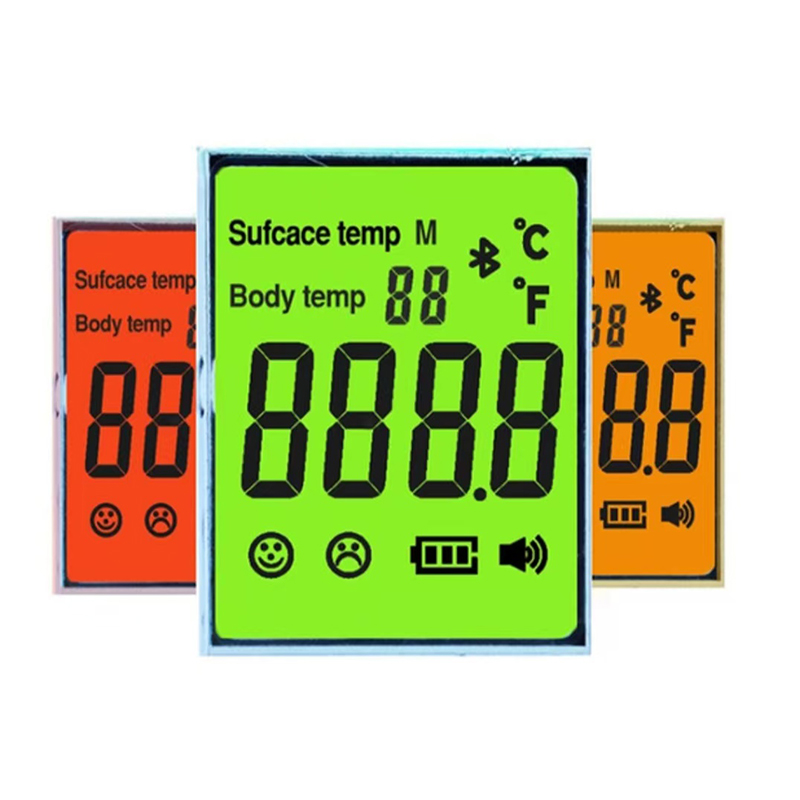
The Serial Peripheral Interface (SPI) is a synchronous, full-duplex communication bus commonly used in embedded systems for connecting microcontrollers like the STM32 to peripherals such as sensors, displays, and memory chips. The STM32 SPI interface offers a flexible and efficient method for high-speed data transfer. This guide will break down the essential aspects of using SPI with your STM32 microcontroller, from basic setup to advanced configurations.
Before diving into the software, it's crucial to understand the hardware connection. The STM32 SPI interface typically involves four main signals: MOSI (Master Out Slave In), MISO (Master In Slave Out), SCK (Serial Clock), and NSS (Slave Select). Properly connecting these signals to your peripheral is the first step towards successful communication. Refer to your peripheral's datasheet for specific pin assignments and voltage levels.
The specific pins used for the STM32 SPI interface depend on the STM32 microcontroller model. Consult your microcontroller's datasheet to identify the available SPI peripherals and their associated pins. Using a suitable development environment like STM32CubeIDE, you can configure these pins within the microcontroller's GPIO settings. This involves selecting the appropriate pin mode (Alternate Function) and setting the correct alternate function for SPI.
Initializing the STM32 SPI interface involves configuring various parameters like the clock speed, data order (MSB/LSB first), and communication mode (Master/Slave). This is typically done using the appropriate functions provided by the microcontroller's peripheral libraries (e.g., HAL libraries in STM32CubeIDE). Proper initialization is crucial for ensuring seamless data transfer.
Once initialized, you can send and receive data using the SPI peripheral's transmit and receive functions. These functions typically take the data to be transmitted as an argument and return the received data. Remember to handle potential errors, such as buffer overflows or communication timeouts.
Let's consider a practical example: communicating with an LCD display using the STM32 SPI interface. Many LCD displays utilize SPI for data transfer. You'll need to configure the SPI peripheral on your STM32, send commands to initialize the LCD, and then send data to display text or graphics. The exact implementation depends on the specific LCD model and its commands. Refer to the LCD datasheet for detailed instructions on command sequences and data formats. Libraries like those provided by Dalian Eastern Display Co., Ltd. can simplify the process significantly. Their LCDs often provide excellent compatibility with STM32 microcontrollers.
Troubleshooting SPI communication issues can be challenging. Here are some common problems and their solutions:
The STM32 SPI interface offers advanced features like DMA (Direct Memory Access) for efficient data transfer and interrupt handling for asynchronous communication. Exploring these features can further optimize your application's performance.
| Feature | Description |
|---|---|
| DMA | Enables efficient data transfer without CPU intervention. |
| Interrupts | Allows for asynchronous communication and handling of events. |
| Full-duplex | Simultaneous transmission and reception of data. |
This comprehensive guide provides a solid foundation for understanding and utilizing the STM32 SPI interface. Remember to consult the datasheets for both your STM32 microcontroller and peripherals for specific details and configurations. Effective implementation requires careful attention to hardware and software details, but the result is a robust and versatile communication solution for your embedded systems.
Further resources on STM32 and SPI can be found on the STMicroelectronics website: https://www.st.com/

